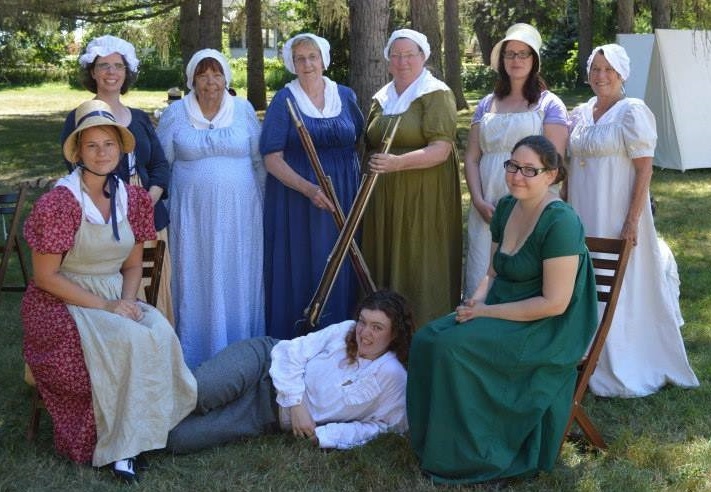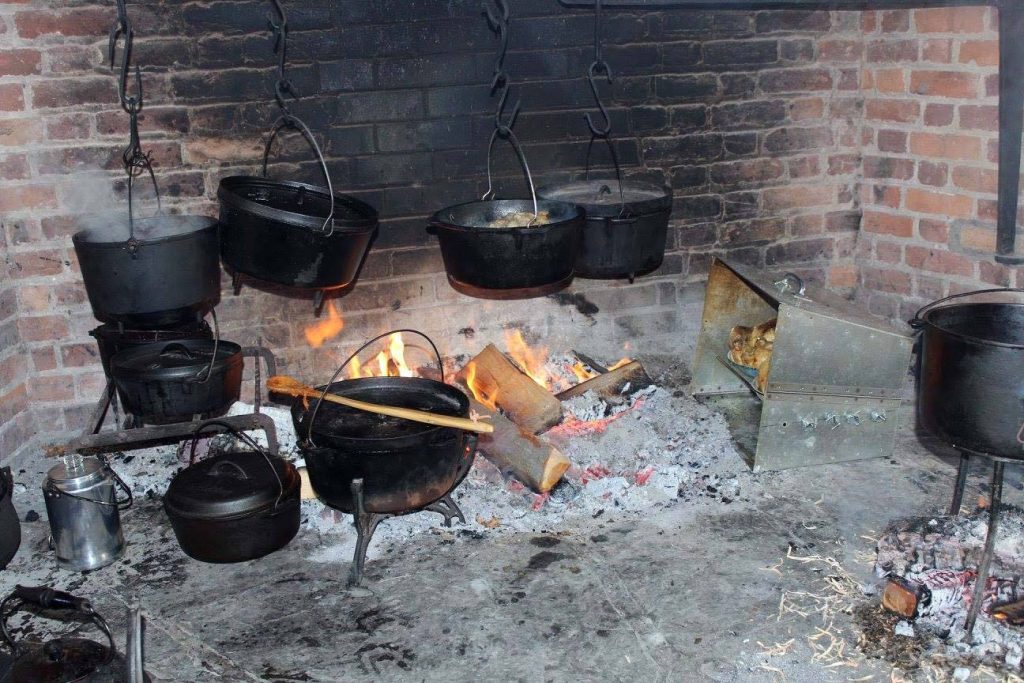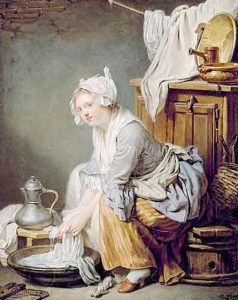Women in the Volunteers

We represent the Women of The Canadian Volunteers from the 19th century, wearing Regency style gowns, a fichu (neckerchief) for modesty and protection from the sun, as well as short gowns (jackets), period leather shoes, cloaks, caps of various styles for the 1812 period as well as brimmed straw hats. These items would be standard everyday patterns for the 19th century women in America.

Camp life is an opportunity to experience many authentic activities, such as cooking delicious meals over an open fire, knitting, sewing and building a camaraderie of shared ideas, recipes and friendships. We’ve gained an understanding of how important the role was of women in the19th century.

Ladies in The Canadian Volunteers are encouraged to portray a soldier and march with the infantry. Many of our “men at arms” are actually female and fight on the field. Pte. L Gamble is one of our finest Women that portraying a soldier

 Army Laundresses
Army Laundresses
In 1802 the United States Army instituted the position of “laundress” or “washerwomen”.
This position remain a part of the Army for over three quarters of a century.
During the American Revolution, campfollowers (so called because they followed the army) were permitted to remain with the army as long as they had some connection to a serving soldier (wife, children or parents). Since Washington did not like having them around (but knowing if he refused to allow them to accompany the army, he risked losing his volunteer soldiers)the campfollowers were forced to leave if their connection was severed; i.e. the soldier was killed. While the campfollowers performed much needed services such as washing, cooking and some nursing duties, this was not required and done mainly for their own kin.
By the turn of the 19th century and the establishment of a professional army, the need for laundresses became apparent. In 1802 the army laundress position was born.
While not required to be married, considering the lack of women (especially in isolated forts or installations), most laundresses who were single upon joining the army, did not remain so for long. They were required to be of ‘good moral character’ however.
Housed in barracks where available and tents while on the move, the laundresses traveled with the army in all but combat situations. Left behind when the army went into battle, the laundresses were brought up as soon as the territory was secure.
In 1883, Congress felt that the funds to house, feed and move the women were unnecessary and they eliminated the laundress role.